Can You Patch A Run-Flat Tire? What Tire Makers Say

At the crossroads of confusion about run flat tire repair, we consulted the tire manufacturers for answers. Many claim that these tires can be repaired, while others say otherwise. To confirm which side of the debate is true, turn to those who created and manufacture them.
Key Takeaways
Can you Patch a run-flat tire?
In most cases, the answer to the question of whether run-flat tires can be patched is yes. Most manufacturers allow patching the tire as long as the inflation pressure did not go below 15 psi and there are no signs of abrasions, separation, or wrinkles on the interior.
However, it’s important to note that not all tire manufacturers offer the same advice, and there may be certain guidelines that need to be followed for a successful repair.
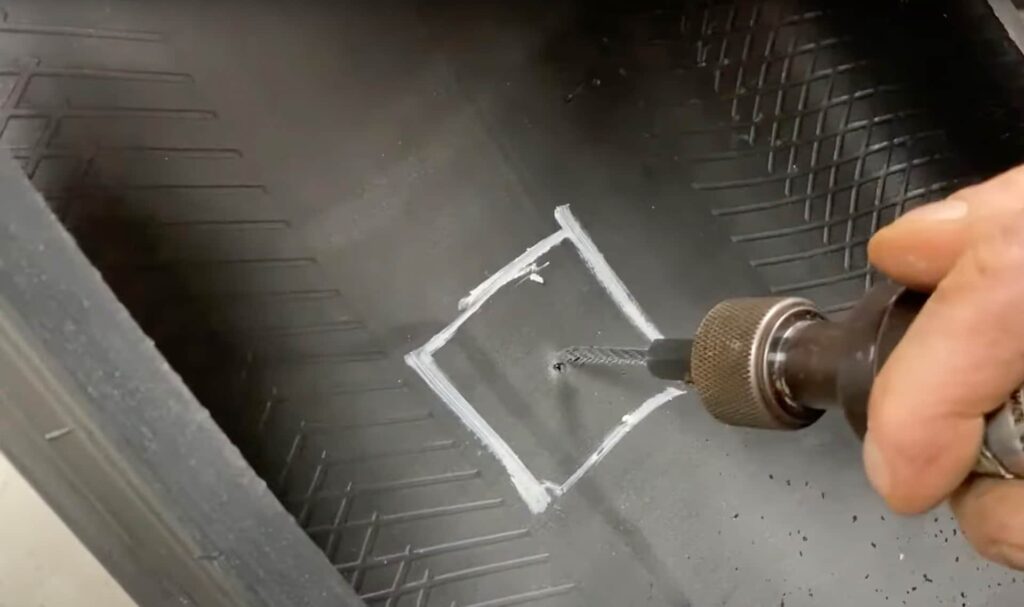
Manufacturers opinion
Different tire manufacturers have different policies when it comes to the repair and replacement of run-flat tires:
Bridgestone
According to Bridgestone, repairing a run-flat tire is similar to any other repair with some added considerations like inspecting the inner liner of the tire for signs of creasing, cracking, or rubber crumb/dust deposits.
If these are present, it could mean that the tire has been running at very low or zero pressure for a long time and therefore should not be repaired.
However, if there is no evidence of this sort of damage, it should be safe to move forward with the repair.
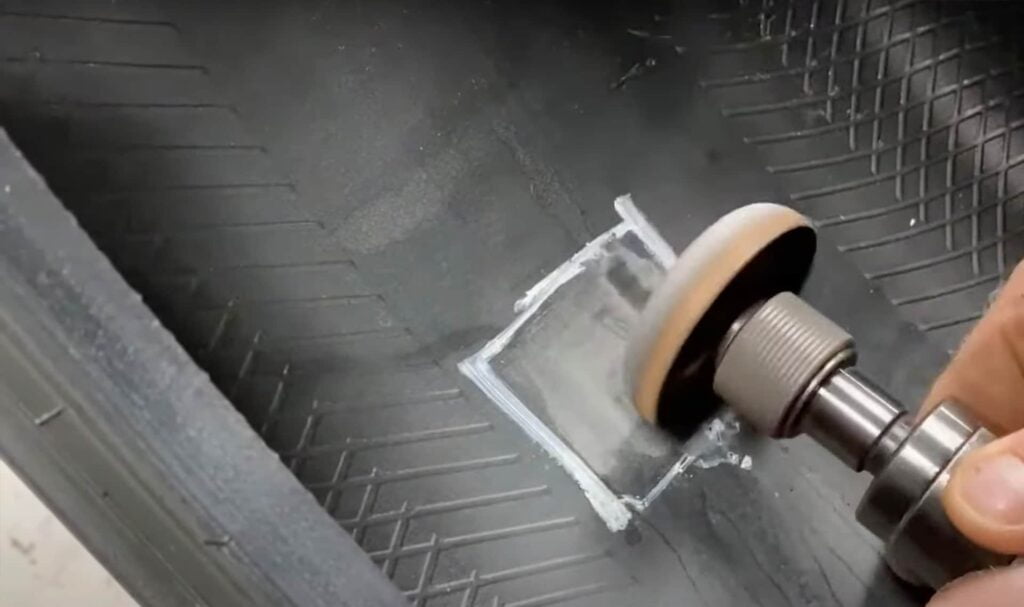
Continental
Continental does not advise repairing their Self Supporting Run Flat (SSR) tires as the hard inserts within the sidewalls of the tires can be damaged if they are run on while underinflated.
This damage is not visible to the naked eye and reinstating this tire into service could lead to hazardous results.
Dunlop/Goodyear
Goodyear or Dunlop self-supporting tires may be repaired by a certified tire specialist following an extensive inspection of the tire’s health. In cases of uncertainty, the tire should not be fixed. Goodyear or Dunlop will not support repairs if:
Hankook
Hankook run-flat tires are repairable, but only if certain conditions are met. Improper repairs can be dangerous and will void the limited warranty. Run flat tires cannot be repaired in any of the following situations:
Michelin
Michelin ZP tires can be repaired only once by a tire specialist, who must adhere to the standard procedures for inspecting, preparing, and repairing regular tires.
Pirelli
Pirelli run-flat tires are not designed to be repaired. According to Pirelli, this is because it can be impossible to determine the amount of damage done to the car tire’s construction when it has been driven flat for any distance.
As a result, Pirelli recommends replacing the run-flats once these get punctured.
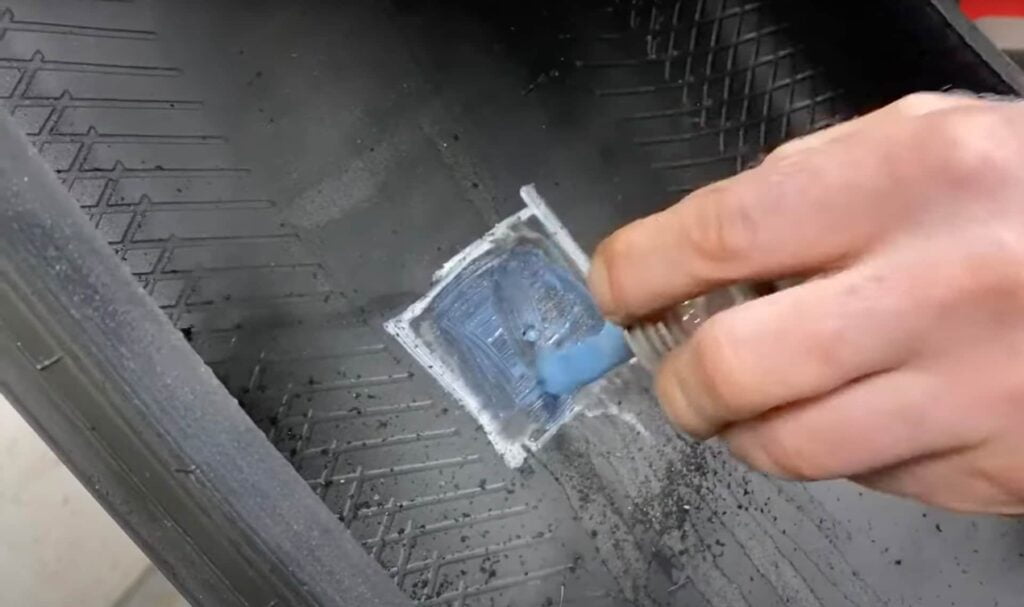
Plugging Or Patching: Which Is Best?
Plugging a run-flat tire means that the puncture is filled with a tire plug. While this temporary fix may seem to solve the problem right away, it can be dangerous if the tire does not get removed for further interior liner inspection.
Patching up the tire involves filling the punctured area from within followed by applying a patch on top of it. This provides more security and safety while ensuring that the wheel passes inspection.
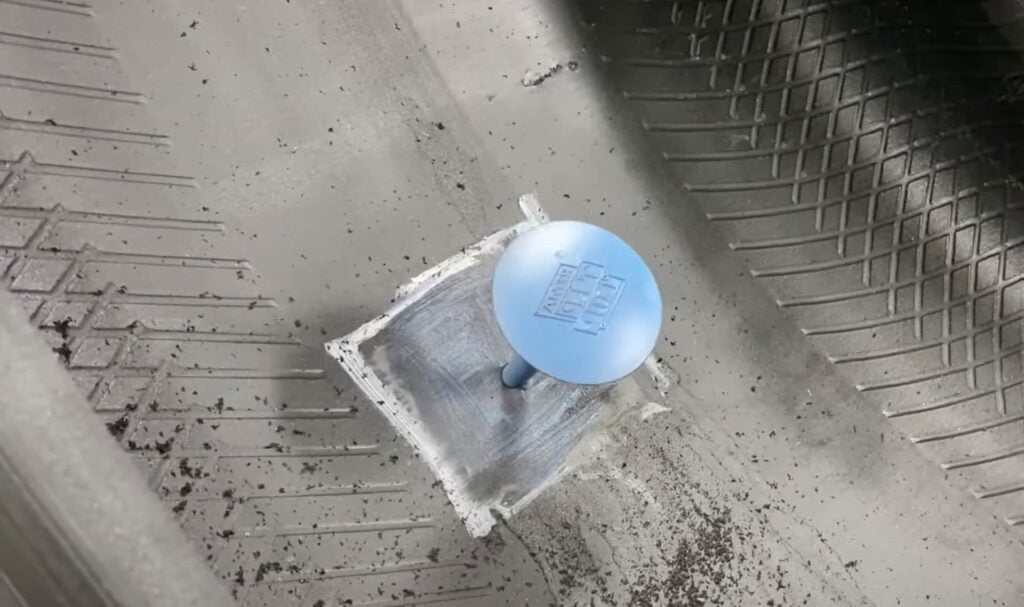
If I see a nail in the run-flat tire do I leave it or remove it?
It may be tempting to remove a nail if you spot one in the run-flat tire, but it is best to leave it in the tire and take the car to a professional tire repairer for inspection.
This is because removing the nail will only make the hole bigger, which means that the air will escape quicker.
Even if you perform a soapy water test and don’t spot any bubbles around where the object has pierced the run-flat tire, it doesn’t mean that there is no damage.
The object may not have punctured the tire but could have gone down to the steel bracing, allowing water to seep in and corrode it. This corrosion can cause weak points in the run-flat tire which can lead to failure.
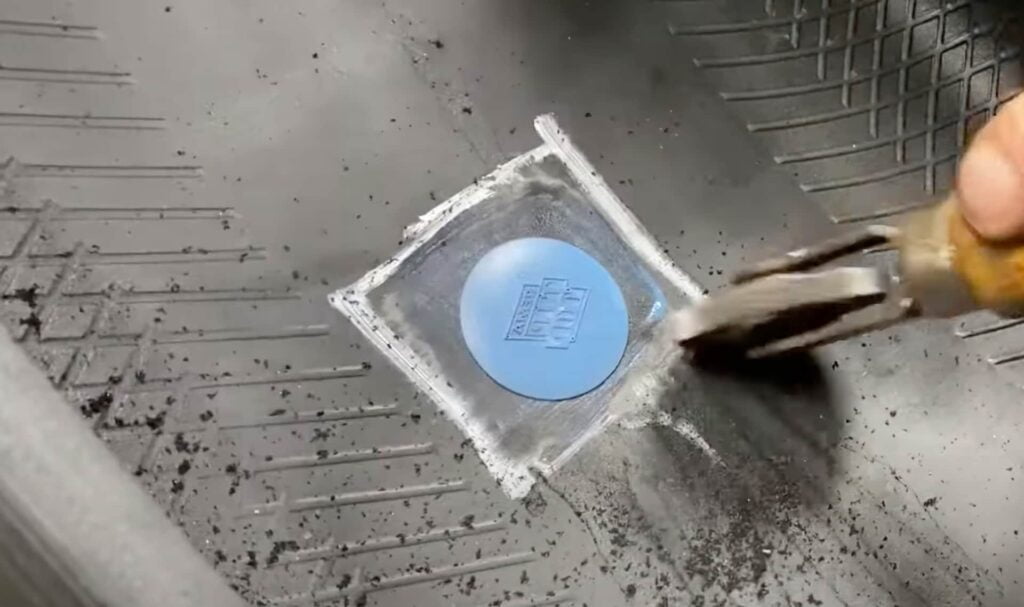
How Far Can You Drive On A Run Flat Tire That Has Been Patched?
Properly patching a run-flat tire allows you to drive your vehicle until a replacement is needed.
However, it’s important to remember that some tire manufacturers do not guarantee the speed rating of a repaired tire. This means that if your tires are rated to handle speeds of up to 100 miles, after a repair, they might be deemed unsafe for these speeds.
We agree that a repaired tire should not be considered to maintain the factory speed rating, as repairs can interfere with the tire’s structural integrity and compromise its performance. Therefore, any tires that you plan to use for high speeds or for racing should not be repaired tires.
How Much Does It Cost To Patch Run Flat Tires?
In most cases, it takes about 30 minutes to one hour for a mechanic to patch a tire. Most tire shops charge between $75 and $130 per hour so you’re looking at roughly $50-$100 for this service.
The cost of patching a run-flat tire is typically the same as that of a standard tire. However, run-flat tires typically can be more difficult to remove due to their unique construction.
Benefits And Drawbacks Of Run Flat Tires
Run-flat tires are gaining in popularity among drivers due to the many advantages they offer. However, it’s important to consider the potential drawbacks as well. Here is a breakdown of the pros and cons of using run-flat tires:
advantages
You can continue your journey if you get a flat tire
Run-flat tires are a great choice for drivers who want to stay safe when their tire becomes flat. With run-flat tires, you can drive with a fully deflated tire for up to 50 miles without needing a spare to replace the tire.
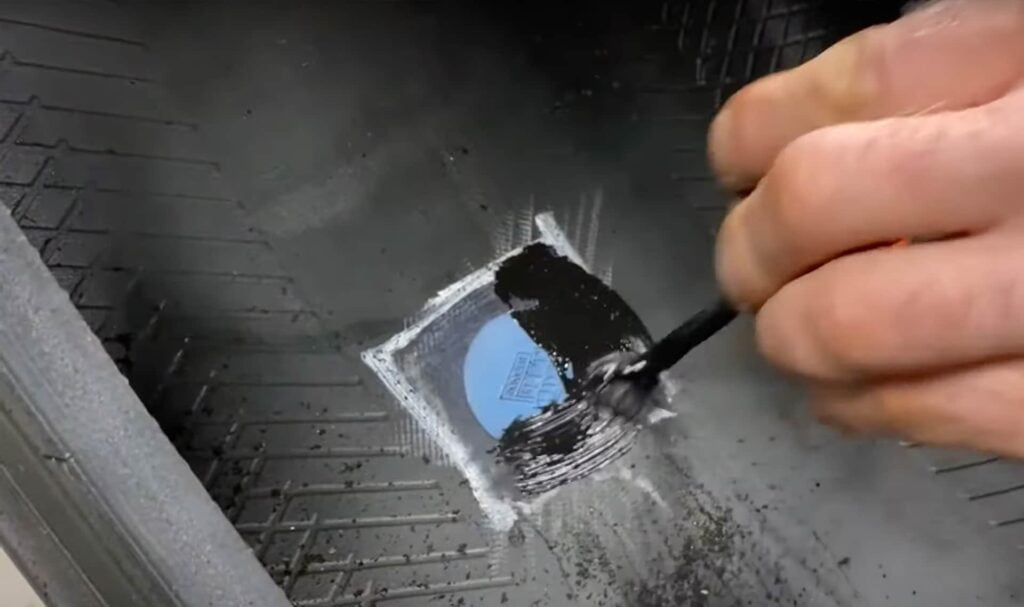
Vehicle weight is reduced
While it is true that run-flat tires will reduce the weight of your vehicle due to the absence of a spare tire and other repair tools, their reinforced sidewalls mean that they are actually heavier than regular tires.
This means that, although you might gain some advantages in terms of weight reduction, this may be offset by the extra weight of the tire itself.
Better stability if damaged
When a run-flat tire is damaged, drivers can still expect correct steering and handling as the tire’s reinforced sidewalls help to keep the wheel in position even when it is deflated.
This means that drivers won’t experience the same loss of control as they would if their regular tires were damaged whilst driving.
Disadvantages
Hard to gauge tire pressure
Checking the air pressure in your tires frequently is an important task, especially if you have run-flat tires. Run flat’s stiff sidewalls make it difficult to know when the pressure within them is too low.
However, many cars are now equipped with TPMS (tire pressure monitoring system) that will alert drivers should the pressure become low.
Can be costly
Run-Flat tires are typically more expensive than regular tires. Depending on the manufacturer, they can cost anywhere from $150 to $500 per tire, or 35% to 200% more than a traditional tire.
Stiffer Ride
Run flat tires provide a stiffer ride than regular tires due to their reinforced sidewalls.
Are there run flat repair kits?
If you’re dealing with a run-flat tire, it’s important to keep in mind that repairing it requires an expert understanding of tire construction and the specific limitations when it comes to the repair.
Even if there are kits available for DIY repairs, using one without proper training can cause more damage than good and may even void your vehicle’s warranty. It’s best to leave any repairs to a professional technician who has been trained to handle all types of tires.
How do I identify run-flat tires?
All tire manufacturers will mark their run-flat tires with specific writing or a logo on the sidewall. This way, it’s easy to identify whether or not a given tire is a full flat run tires or flat model.
